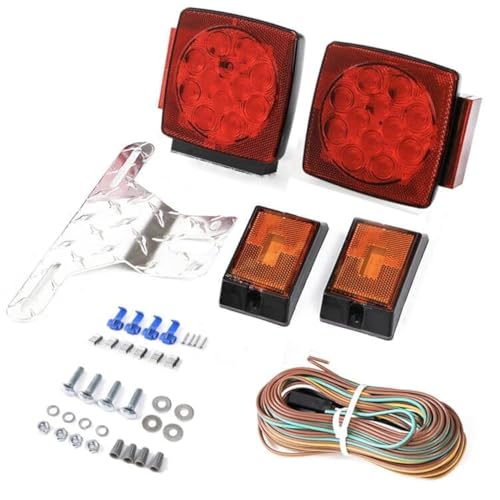Whidbeyboater
Active member
- Joined
- Mar 22, 2024
- Messages
- 26
- Reaction score
- 35
- LOCATION
- Whidbey Island WA
I have a 17 ft Aluminum side console I am working to restore. Its a pretty lite boat but its rated for 7 people or 1750 lbs (which seems high).
The boat will be used primarily on the Puget sound for Crabbing and salmon fishing. I will also probably take it on some longer trips to the islands and overnight camping and some lakes.
It is rated for up to 65 hp. It came with a early 80s Johnson 60 hp. I am not sure on the condition yet but I plan on getting it running and using it for a while. I would like to eventually switch over to a 4 stroke. I do like the idea of having extra power on hand and do enjoy going fast when conditions permit. I am thinking the 60 will scoot it along quite well.
I know hp ratings can be kind of misleading. In general are all 60 hp engines created equal? Would a well running old 60 hp be comparable to a new 60 hp? How would a modern 50 hp 4 stroke compare to my old 60 hp 2 stroke? I am thinking the minimum I would put on it would be a 40 hp. 50 hp seems like a good middle ground for power and weight. 60 hp would be nice but might be more engine than I really need on this boat.
Any thoughts or advice would be appreciated.
Pics of the boat before restoration
The boat will be used primarily on the Puget sound for Crabbing and salmon fishing. I will also probably take it on some longer trips to the islands and overnight camping and some lakes.
It is rated for up to 65 hp. It came with a early 80s Johnson 60 hp. I am not sure on the condition yet but I plan on getting it running and using it for a while. I would like to eventually switch over to a 4 stroke. I do like the idea of having extra power on hand and do enjoy going fast when conditions permit. I am thinking the 60 will scoot it along quite well.
I know hp ratings can be kind of misleading. In general are all 60 hp engines created equal? Would a well running old 60 hp be comparable to a new 60 hp? How would a modern 50 hp 4 stroke compare to my old 60 hp 2 stroke? I am thinking the minimum I would put on it would be a 40 hp. 50 hp seems like a good middle ground for power and weight. 60 hp would be nice but might be more engine than I really need on this boat.
Any thoughts or advice would be appreciated.
Pics of the boat before restoration



























































